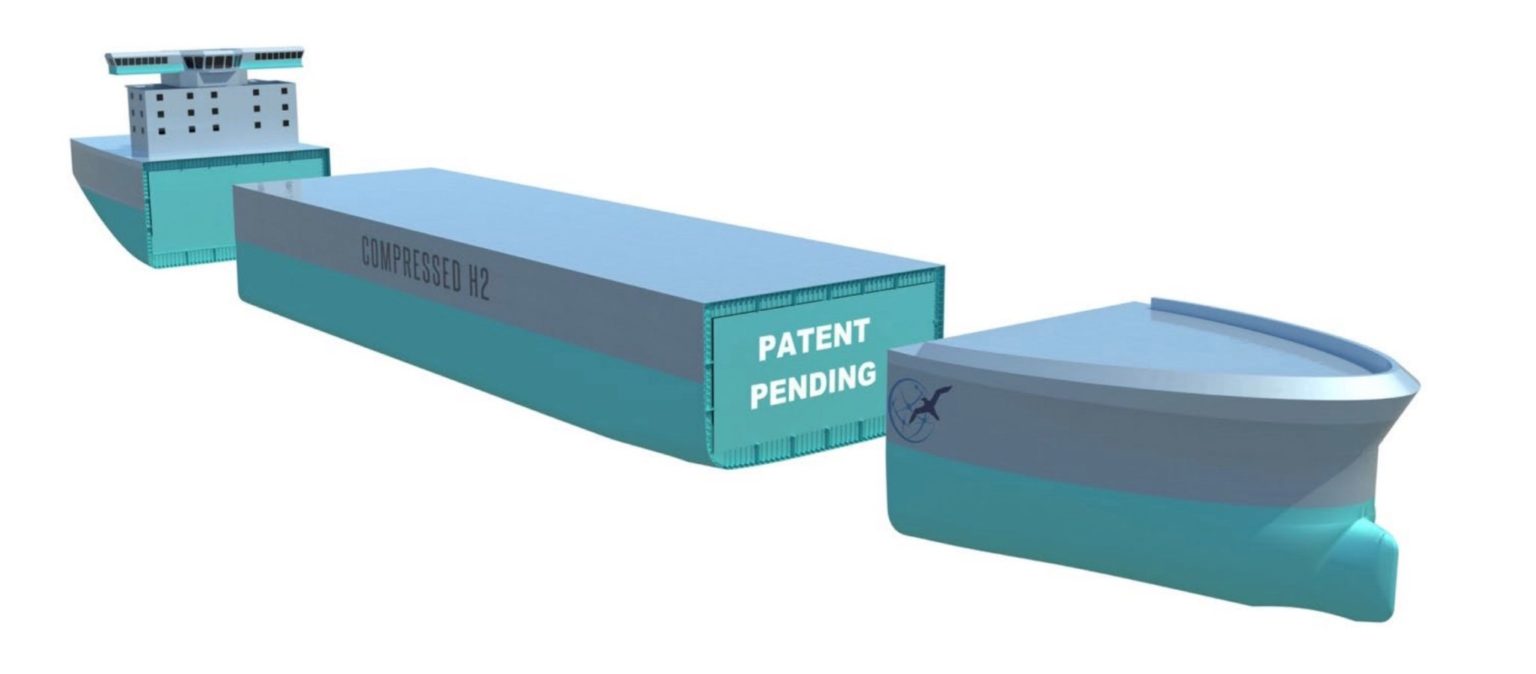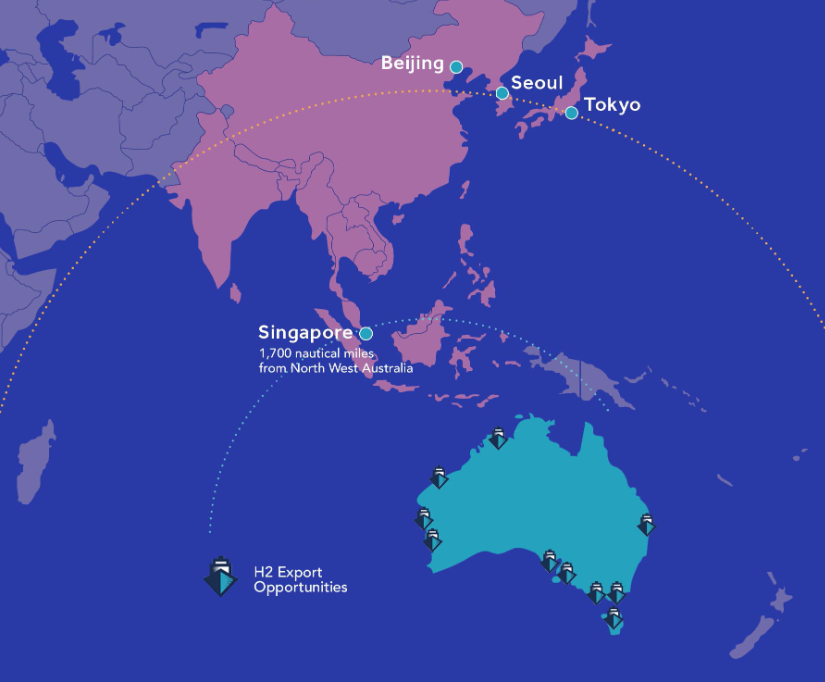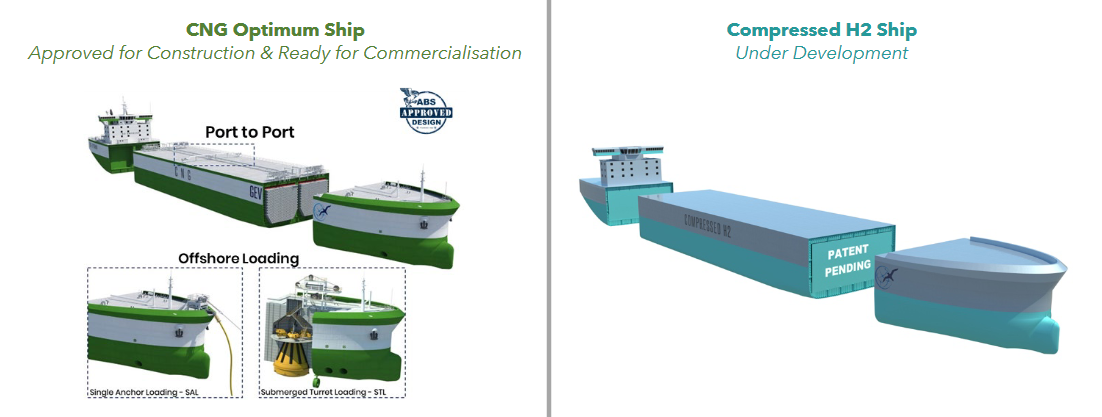GEV Has Presented a Compressed Hydrogen Ship Design

GEV (Global Energy Ventures) has designed a compressed hydrogen transport ship called “H2 Ship”, which is meant to solve the puzzle of transporting the precious fuel from northern Australia to Singapore, South Korea, China, and Japan.

The “H2 Ship” can theoretically store up to 2,000 tons of compressed hydrogen that is produced in Australia using renewable energy sources, mainly solar power.
Australia can produce up to 345,000 tons of hydrogen before 2025, and more than three million tons by 2040. If this amount can be exported, which is a big question at the moment, Australia could earn about $1.1 billion in the next five years, and this will only be the beginning. Ships like the “H2” would play a crucial role in this, without them, there can be no prospect for creating this export industry.

Compressed hydrogen isn’t a simple matter, as we’re talking about pressurization levels of 5,000 to 10,000 psi (350 to 700 bar) and auto-ignition temperatures of 500 degrees Celsius (932 OF). It’s a flammable material that needs special handling, and keeping it super-cooled (cryogenic levels) in large ships like the H2 is a feat on its own. At minus 236 OC hydrogen gas volume decreases about 600 times, so large tankers equipped with the appropriate tools can carry humongous amounts of the stuff.
Following this news, the share price of Global Energy Ventures spiked from 0.07 AUD to 0.1 AUD in three days, reflecting the market’s response to the H2 and all that it could bring. Experts though warn that even if everything goes according to plan, the exporting of the hydrogen must be done at careful rates and not too prematurely. There’s a danger of inflating demand figures and having to add non-green hydrogen production methods in the equation. That is especially the case when considering that renewable source electrolysis is still not competitive against other methods.
Still, hydrogen is a clean fuel and there are many countries like the four mentioned above that are looking to the prospect of changing to it and lowering their pollutant emissions further. If Australia plays its cards right, they may establish themselves in a very powerful position in the world energy trade scene.

 Tech Steel & Materials
Tech Steel & Materials